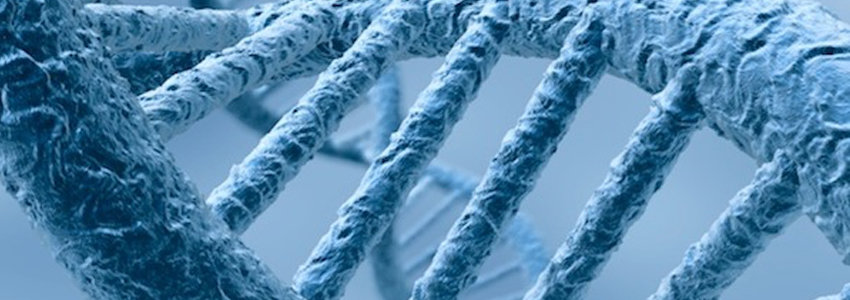Scientists at the Canada’s Intitut De Recherches Cliniques De Montreal have discovered a gene that they believe has controlling influence on bone mass of an individual thus proving critical to predisposing a person to osteoporosis. (1)
The study was funded by the Canadian Institutes of Health Research (CIHR) and the Natural Sciences and Engineering Research Council of Canada (NSERC) and it’s findings were published in the October issue of Cell Metabolism.
The research team was trying to find out about the mechanisms that were involved in bone formation and bone mineral dissolution causing bone breakdown. Bone formation was brought on by the production of bone cells called osteoblasts. Dissolution of bone known as resorption of bone was caused by the manufacture of bone cells called osteoclasts. These two types of bone cells work in tandem which reshapes the bones and sets the dynamics of bone mass maintenance. The study was aimed at examining the role of the newly identified gene and it’s influence on both osteoblasts and osteoclasts and thus derive the link that may exist to a person’s chances of developing osteoporosis.
In the US alone, some 8 million women and over 2 million men suffer from osteoporosis, and though in the first 5-7 years of menopause women are more at risk than men (with women losing as much as 7% of their bone annually), but the statistics almost equal out by the age of 65 years for both men and women. (2)
As per Dr. Jean Vacher, Director of the Cellular Interactions and Development research unit at the IRCM, “We identified this gene as a novel modulator of bone mineral density in mice and humans. More importantly, we showed that the human gene could represent a new susceptibility factor for osteoporosis. Hence, this discovery will help identify individuals with a greater predisposition to the disease who could benefit from preventive measures.” (3)
At the broader level, the disease is typified by bones becoming porous or brittle and fragile from loss of tissue, typically as a result of hormonal changes, or deficiency of calcium or vitamin D and/or dietary magnesium. At a more specific level, osteoporosis is a multi-factorial genetic disease characterized by reduction of bone mass due to dys-regulation of osteoclast or maturation.
The research team have isolated a gene that modulates osteoclasts – the more critical part of the osteoporosis equation. When the study was conducted on mice, loss in the function of this (isolated) gene lead to a significant increase in the number of osteoclasts produced. This then resulted in faster bone resorption – which could translate into a promising new osteoporosis treatment. Without a corresponding increase in the rate of manufacture of osteoblasts more was being lost than formed leading to increased risk of osteoporosis. (4)
According to Osteoporosis Canada, one in four women over the age of 50 has osteoporosis, and so does one in eight men over the same age. In addition, 80 per cent of hip fractures are related to the disease. These result in death in up to 20 per cent of cases, and disability in 50 per cent of those who survive. (5)
Osteoporosis Risk Factors Explained
SOURCES:
- Newly Identified Gene May Be Risk Factor For Osteoporosis; Science Daily; October, 2011; http://tinyurl.com/64f7tjv
- Prevalence Report; National Foundation For Osteoporosis; October, 2011;
http://www.nof.org/advocacy/resources/prevalencereport - Dr. Jean Vacher’s Team Identifies A New Risk Factor For Developing Osteoporosis; Institut De Recherches Cliniques De
Montreal; October 2011; http://www.ircm.qc.ca/medias/nouvelles/pages/detail.aspx?pid=257&pflg=1033&lan=1033 - Inositol Polyphosphate 4-Phosphatase B as a Regulator of Bone Mass in Mice and Humans; Cell Metabolism (Vol.14, Issue 4);
October, 2011; http://www.cell.com/cell-metabolism/retrieve/pii/S1550413111003445 - Facts and Statistics; Osteoporosis Canada; October, 2011; http://www.osteoporosis.ca/index.php/ci_id/8867/la_id/1.htm





Article Comments